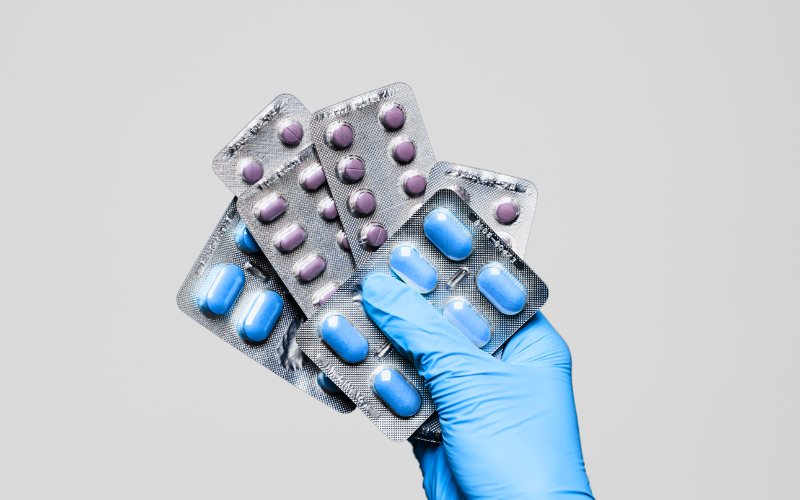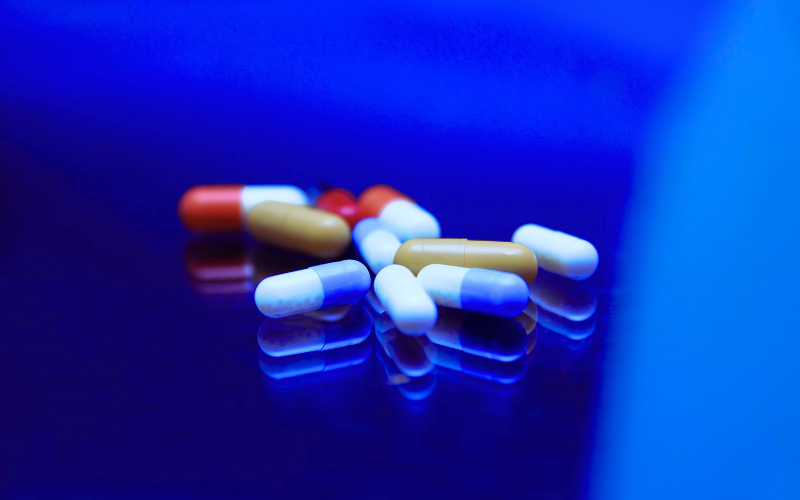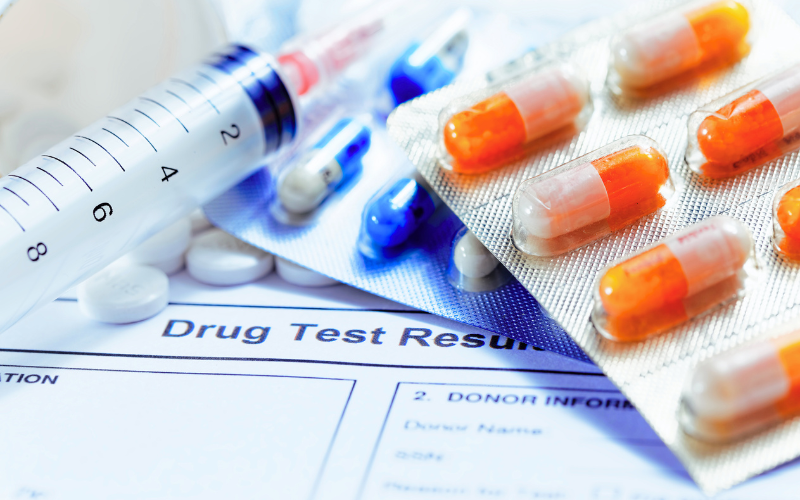Drug testing has undergone significant advancements over the years, evolving from traditional methods like urine and blood tests to modern, non-invasive techniques such as fingerprint drug testing. This progression has been driven by the need for more efficient, accurate, and user-friendly testing methods.
Historical Overview
Urine Testing: One of the earliest and most common methods for drug testing, urine tests detect metabolites of drugs excreted by the kidneys. While effective, urine tests can be invasive, require supervision, and involve biohazardous waste disposal. They also pose privacy concerns and logistical challenges related to sample collection and handling.
Blood Testing: This method offers precise results by detecting the actual presence of drugs in the bloodstream. However, blood tests are invasive, can be uncomfortable for the individual, and require skilled personnel and sterile environments. These factors make blood testing less practical for routine or large-scale testing despite its accuracy.
Technological Advancements
Saliva Testing: Saliva tests are a less invasive method that detects drugs in oral fluids. While more convenient than urine or blood tests, saliva testing can present challenges, such as difficulties in sample collection and biohazard risks.
Hair Testing: This method detects drug use over a longer period (up to 90 days) by analysing hair samples. Hair tests are non-invasive but can be expensive and time-consuming to process. They are typically used in contexts where a longer detection window is necessary, such as in forensic investigations and chronic drug use monitoring.
Fingerprint Drug Testing
Fingerprint drug testing represents the latest innovation in the evolution of drug testing methods. This technique involves collecting sweat from a person’s fingerprints, which contains drug metabolites. It offers several advantages:
Non-Invasive: The process is quick and painless, requiring only a fingerprint sample.
Hygienic: There is no need for handling biohazardous materials, and the used cartridges can be disposed of easily.
Rapid Results: The Intelligent Fingerprinting system provides results in approximately ten minutes, making it ideal for on-the-spot testing.
Dignified: Unlike urine tests, fingerprint testing does not require invasive sample collection, preserving the dignity of the individual being tested.
Benefits of Fingerprint Drug Testing
Fingerprint drug testing provides a comprehensive solution to many of the challenges associated with traditional methods:
Efficiency: The rapid turnaround time for results minimises downtime and increases productivity.
Cost-Effectiveness: Lower operational costs due to reduced need for specialised personnel, facilities, and biohazard disposal.
Versatility: Suitable for various settings, including workplaces, healthcare facilities, and law enforcement or governmental agencies.
Accuracy: High sensitivity and specificity due to advanced lateral flow assay technology, combined with confirmatory laboratory testing when needed.
The Future of Drug Testing
The adoption of fingerprint testing is expected to grow as more organisations recognise its benefits. Future advancements may include the expansion of detectable substances, and integration with digital health records for streamlined data management. As technology matures, fingerprint drug testing could soon become the standard for non-invasive, rapid, and reliable drug detection.
To find out more, or to see the system for yourself then simply book a virtual demonstration with us today and we will show you how quick and easy the process can be.










